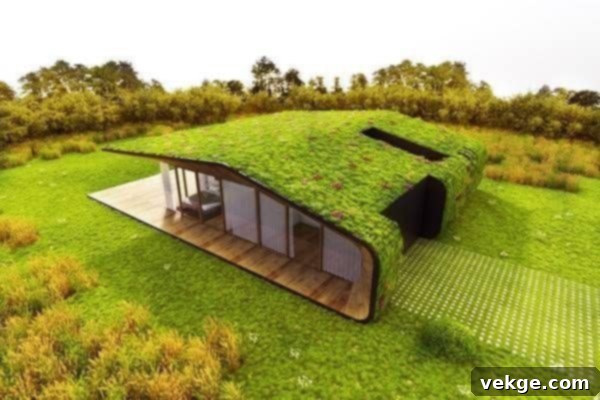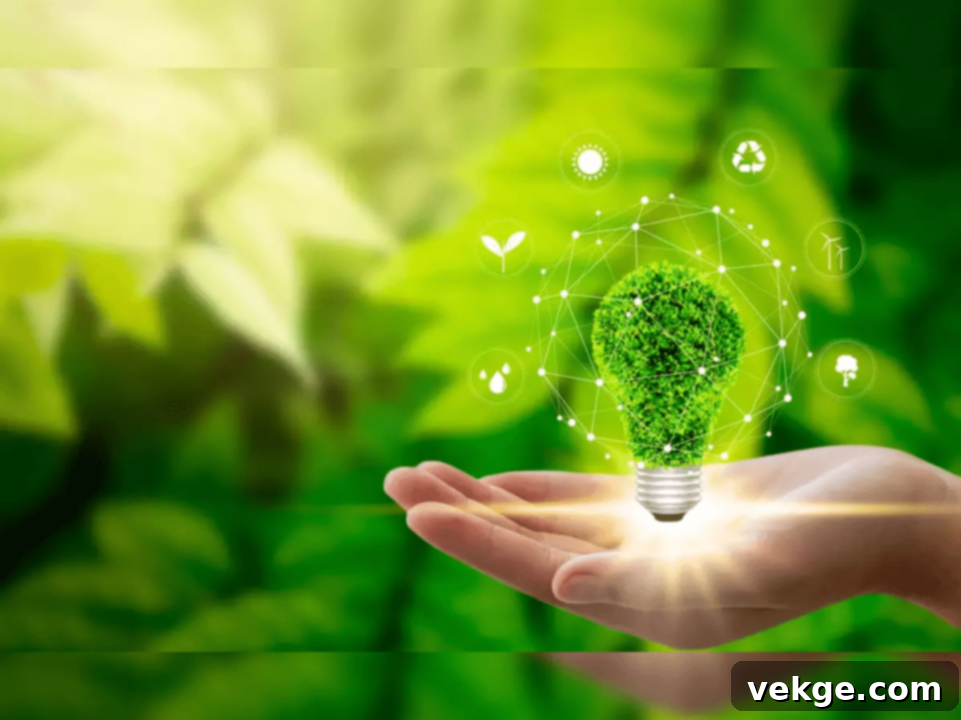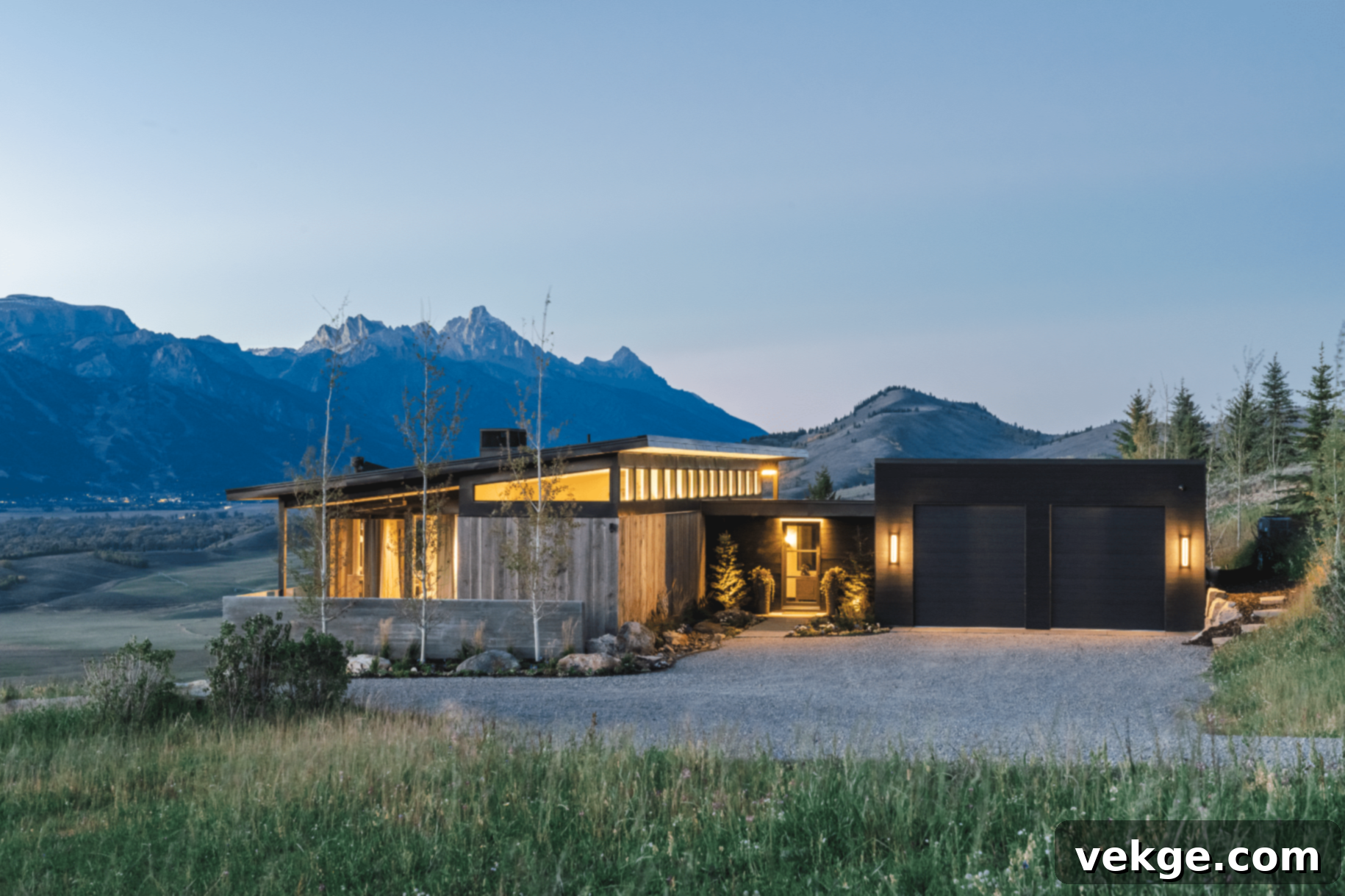Pioneering Sustainable Luxury: The Art of Eco-Friendly Architecture in Jackson Hole, Wyoming
In the heart of Wyoming, where the majestic, rugged peaks of the Teton Range dramatically meet the expansive, pristine plains of the Snake River Valley, a distinctive movement in architectural design has taken root. Here, the phrase “architect Jackson Hole” has become synonymous not just with high-end living, but with a pioneering commitment to eco-friendly architecture. This unique approach, passionately championed by the region’s leading architects, masterfully marries the desires for luxurious comfort and aesthetic sophistication with an unwavering dedication to environmental stewardship.
Jackson Hole’s breathtaking natural beauty serves as both an inspiration and a guiding principle. The area’s innovative design thinking, coupled with its profound respect for nature, has positioned it as a vibrant beacon for sustainable building practices not just within Wyoming, but across the nation. In this remarkable valley, eco-friendly architecture transcends mere trend; it is a deeply held commitment, a core philosophy. The architects in Jackson Hole operate with a fundamental belief that preserving these pristine landscapes is paramount, ensuring that every structure minimizes human impact while respectfully integrating with and enhancing the natural environment.
The Philosophy of Eco-Friendly Architecture in Jackson Hole
At its core, eco-friendly architecture in Jackson Hole is deeply rooted in a philosophy that meticulously considers the long-term implications of every building project on the natural environment. This approach goes beyond simply constructing a dwelling; it’s about understanding and respecting the delicate balance between necessary development and vital preservation. Architects here are not just builders, but stewards of the land, ensuring that every structure gracefully fits within the existing landscape, visually and ecologically, contributing positively to its surroundings rather than detracting from them. This holistic architectural philosophy seeks to dramatically reduce carbon footprints, maximize energy efficiency, and conscientiously utilize sustainable, locally sourced materials, all while enhancing the innate, stunning beauty of the Teton Range and Snake River Valley.

The commitment extends to minimizing disturbance during construction, employing responsible waste management, and restoring disturbed areas with native vegetation. It’s a vision for architecture that is both timeless and deeply responsible, creating homes and commercial spaces that are not only beautiful and luxurious but also intrinsically connected to their environment and built to last for generations without compromising the future. This deep respect for the natural world guides every decision, from initial site analysis to the final touches, fostering a harmonious coexistence between human habitation and the wilderness.
Core Design Principles Guiding Sustainable Construction in Jackson Hole
The foundation of Jackson Hole’s eco-friendly architecture rests on several key design principles, each meticulously applied to ensure sustainable construction and optimal environmental performance. These include highly individualized site-specific designs, unparalleled energy efficiency, responsible sustainable material use, innovative water conservation techniques, and the enhancement of indoor environmental quality for occupant well-being.
Site-Specific Design and Orientation
Architects in Jackson Hole meticulously analyze each building site. This involves understanding solar paths, prevailing wind directions, natural drainage patterns, and existing topography. Buildings are precisely oriented to maximize passive solar gain in winter, reducing heating needs, and to minimize unwanted solar heat gain in summer. Strategic window placement and shading devices capitalize on natural light, significantly cutting down on the need for artificial lighting. Furthermore, designs aim to minimize site disturbance, preserving existing trees, rock formations, and natural contours, which helps maintain the ecological balance and integrate the structure seamlessly into the landscape.
Unmatched Energy Efficiency
Energy efficiency is paramount. Homes are designed with superior insulation – often exceeding standard building codes – using advanced materials like structural insulated panels (SIPs) or continuous exterior insulation. High-performance windows and doors with low-emissivity coatings and airtight sealing prevent heat loss and gain. Beyond the building envelope, sophisticated HVAC systems, heat recovery ventilators (HRVs), and smart home technologies are integrated to optimize energy use, ensuring comfort with minimal environmental impact. The goal is often to approach or achieve net-zero energy consumption, where the building produces as much energy as it consumes annually.
Responsible Sustainable Material Use
The choice of materials is critical. Architects favor materials that are locally sourced to reduce transportation emissions, have high recycled content, are rapidly renewable, or are reclaimed. Examples include reclaimed barn wood or deadfall timber from the region, locally quarried stone, recycled steel and glass, and sustainably harvested timber. Beyond their environmental benefits, these materials often possess a unique aesthetic that complements the rustic elegance of Jackson Hole, blending modern luxury with natural authenticity. Furthermore, non-toxic, low-VOC (volatile organic compound) paints, finishes, and adhesives are prioritized to ensure healthy indoor air quality.
Innovative Water Conservation
Given the precious nature of water resources, especially in a mountainous region, water conservation is a vital design principle. Techniques include advanced rainwater harvesting systems, which collect precipitation for irrigation or non-potable uses, and greywater recycling systems that treat water from sinks and showers for landscape irrigation or toilet flushing. Low-flow fixtures, dual-flush toilets, and water-efficient appliances are standard. Landscaping often incorporates native, drought-tolerant plants (xeriscaping) that thrive with minimal supplemental irrigation, preserving the local ecosystem and reducing water demand.
Enhanced Indoor Environmental Quality (IEQ)
Eco-friendly design extends to the comfort and health of occupants. Architects focus on creating superior indoor environmental quality through natural ventilation strategies, advanced air filtration systems, and maximized daylighting to reduce reliance on artificial light. The use of non-toxic, natural materials prevents off-gassing, ensuring cleaner air. Biophilic design principles are often employed, integrating natural elements, patterns, and views into the interior spaces, reinforcing the connection between the indoor environment and the stunning outdoor wilderness, promoting well-being and a sense of calm.
Seamless Blending With the Landscape
One of the most captivating hallmarks of Jackson Hole’s eco-friendly architecture is the unparalleled ability to seamlessly integrate buildings with their majestic natural surroundings. This is achieved through an exceptionally thoughtful and sensitive site selection process, where the existing natural topography and ecological features are not merely respected but are actively used to inform and inspire the architectural design. The goal is always to minimize alterations to the land, ensuring that the structures appear to have organically emerged from the landscape itself.
Buildings are frequently nestled strategically among existing groves of trees and native vegetation, which not only preserves the natural aesthetic but also provides natural shading and cooling, reducing energy demands. The choice of exterior materials, such as locally sourced stone, reclaimed wood, and earthy tones, helps structures recede into the background, allowing the dramatic landscape of the Teton Range to remain the undisputed focal point. Expansive windows, strategically placed to frame breathtaking vistas, and generously proportioned outdoor living spaces—including decks, patios, and even outdoor kitchens—are meticulously designed to blur the lines between indoor and outdoor environments, reinforcing a profound, continuous connection to nature. This holistic approach ensures that each home feels like an organic extension of its magnificent surroundings, offering both luxury and an intimate dialogue with the wild beauty of Wyoming.
Innovations in Energy Efficiency: Powering Sustainable Jackson Hole

Energy efficiency is not just a consideration but the very core of sustainable building practices throughout Jackson Hole. Architects and builders are continuously pushing the boundaries of what is possible, integrating cutting-edge technologies and advanced design strategies to minimize energy consumption and environmental impact. Many homes and commercial buildings in the region incorporate state-of-the-art solar panel arrays, often discretely integrated into rooflines or on separate ground mounts, generating clean, renewable electricity directly on-site. These photovoltaic (PV) systems significantly reduce reliance on the grid and slash the carbon footprint of each property.
Further enhancing energy independence, geothermal heating and cooling systems are increasingly common. These highly efficient systems harness the stable temperature of the earth to provide comfortable indoor climates year-round with minimal energy input, dramatically reducing utility bills and emissions compared to conventional fossil-fuel-based systems. Advanced insulation techniques, including high-performance airtight envelopes, triple-pane windows, and thermal bridge reduction strategies, are standard practice, ensuring minimal heat loss in winter and heat gain in summer. Smart home technologies are also integral, allowing homeowners to monitor and optimize energy usage, automate climate control, and manage lighting, further enhancing efficiency and comfort. These innovations not only result in a significantly reduced carbon footprint but also offer substantial long-term savings for homeowners through decreased utility expenses, showcasing that luxury and environmental responsibility can indeed go hand-in-hand in the unique setting of Jackson Hole.
A Vibrant Community and Culture of Sustainability
The remarkable movement towards eco-friendly architecture in Jackson Hole is robustly supported and fostered by a dynamic community that profoundly values sustainability, environmental stewardship, and a deep connection to its unique natural surroundings. This collective ethos permeates local governance, inspiring progressive initiatives and building codes that actively promote and, in some cases, incentivize green building practices. Non-profit organizations dedicated to conservation and environmental education play a crucial role, collaborating with architects, builders, and residents to advance sustainable living. Community groups further amplify these efforts, organizing workshops, educational campaigns, and forums that raise public awareness about the myriad benefits of sustainable design and living.
This powerful, collective effort has cultivated a pervasive culture of sustainability that is visibly reflected not only in the distinctive architecture of the area but also in the daily lifestyles of its residents and the thoughtful planning of its future development. The community’s commitment ensures that sustainable practices are continuously evolved and adopted, creating a supportive ecosystem for innovation in green building. This shared vision makes Jackson Hole more than just a place to live; it’s a living model of how a community can collectively commit to preserving its natural heritage while embracing modern, luxurious, and environmentally responsible design, attracting like-minded individuals who share this profound respect for nature.
Navigating Challenges and Embracing Opportunities in Sustainable Design
Despite the numerous successes and widespread adoption of eco-friendly architecture in Jackson Hole, the path is not without its challenges. One significant hurdle lies in balancing the ever-increasing demand for luxury homes and high-end amenities with the overarching imperative of environmental sustainability. Often, clients desire expansive properties with elaborate features, which can sometimes conflict with principles of minimizing footprint and resource consumption. Another challenge involves navigating the complex landscape of building regulations and codes, ensuring that they effectively support and encourage green initiatives rather than inadvertently hindering them. The initial investment for sustainable materials and advanced energy systems can also be higher than conventional construction, requiring architects and builders to educate clients on the long-term economic and environmental benefits.
However, these very challenges serve as powerful catalysts for innovation and creativity within the sustainable design community. They compel architects and builders in Jackson Hole to continuously seek out novel solutions that ingeniously meet both sophisticated human needs and stringent environmental considerations. The demand for sustainable luxury has, in fact, created a unique market opportunity, attracting homeowners who are willing to invest in homes that reflect their values. This drives the development of more efficient technologies, more aesthetically pleasing sustainable materials, and more integrated design approaches that truly embody the spirit of the region. Jackson Hole thus becomes a living laboratory for advanced sustainable design, where obstacles are transformed into opportunities for pioneering new paradigms in architectural excellence and environmental responsibility, proving that thoughtful design can reconcile luxury with deep ecological respect.
Looking Forward: The Enduring Legacy of Jackson Hole’s Green Building Movement
As Jackson Hole continues its inevitable growth and evolution, the foundational principles of eco-friendly architecture will remain absolutely vital in preserving the region’s unique and irreplaceable character, its stunning natural beauty, and its ecological integrity. By consistently building with nature as the ultimate guide and partner, rather than an afterthought, the community can ensure that this extraordinarily special place remains a thriving sanctuary for diverse wildlife, an unparalleled haven for outdoor enthusiasts, and a globally recognized model for truly sustainable living. The ongoing commitment to environmentally conscious design ensures that future generations will inherit a landscape that is as pristine and inspiring as it is today.
The eco-friendly architecture of Jackson Hole stands as a powerful and tangible testament to what is profoundly possible when human ingenuity and collective will choose to live in profound harmony with the natural world. It offers a clear, actionable path forward, not just for other mountain communities, but for communities everywhere seeking to balance development with conservation. The innovations born here, the collaborative spirit fostered, and the beautiful, sustainable structures erected serve as a beacon, demonstrating that luxury and deep environmental responsibility are not mutually exclusive but can, in fact, elevate each other. This enduring legacy will continue to inspire, proving that thoughtful design is the key to a sustainable and prosperous future.
In conclusion, the eco-friendly architecture movement in Jackson Hole is far more than simply a progressive way of building; it represents a holistic way of life—a profound philosophy that inherently respects the environment, cherishes its resources, and tirelessly seeks to leave a positive, enduring legacy for countless future generations. Through relentless innovative design, the consistent implementation of cutting-edge sustainable practices, and the unwavering dedication of a community deeply committed to conservation, Jackson Hole is confidently leading the charge in eco-friendly architecture. It stands as compelling proof that true luxury and uncompromising sustainability can not only coexist but can magnificently enhance one another, setting a new standard for development in sensitive natural landscapes worldwide.
